Table of Contents
Perfect Buttermilk Chicken Recipe: Ready in 40 Minutes
Prep: 15 min (+30 min-2 hours marinating) | Cook: 25-30 min | Total: 40 min | Servings: 4 | Difficulty: Easy
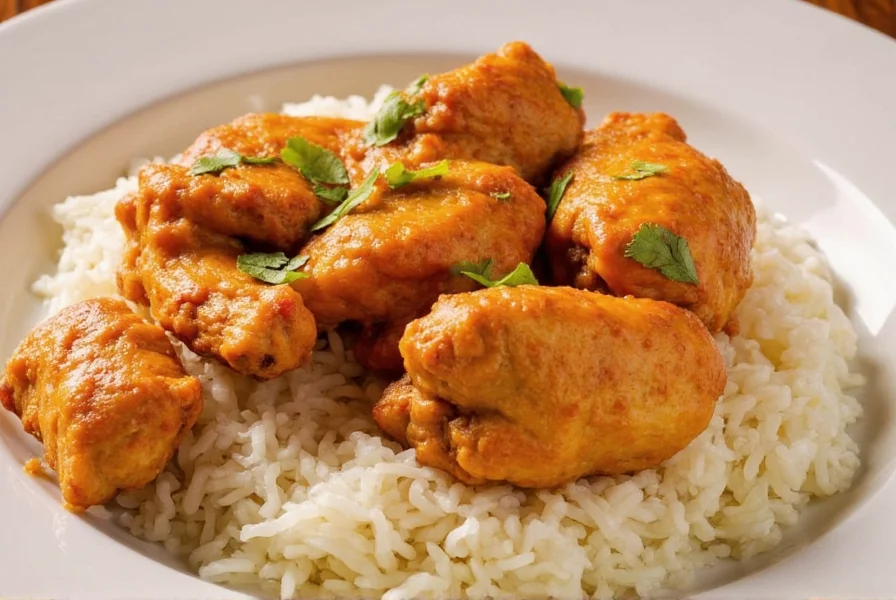
Complete Ingredient List for Buttermilk Chicken
- 4 boneless, skinless chicken breasts (about 1.5 lbs/700g)
- 1 cup (240ml) buttermilk (fresh, not ultra-pasteurized)
- 1 tablespoon olive oil (for drizzling)
- 1 teaspoon black pepper (freshly ground preferred)
- 1 teaspoon paprika (smoked for extra depth)
- 1 teaspoon garlic powder (not garlic salt)
- 1 teaspoon onion powder
- 1/2 teaspoon cayenne pepper (optional for heat)
- Salt to taste (about 3/4 teaspoon)
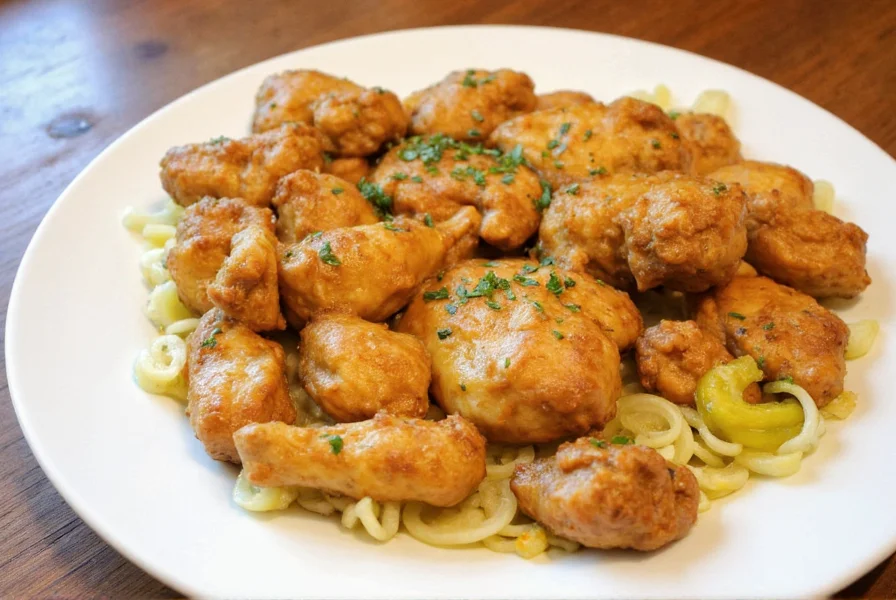
Step-by-Step Cooking Instructions
- Prepare the marinade: In a medium bowl, whisk together buttermilk, black pepper, paprika, garlic powder, onion powder, cayenne (if using), and salt until well combined.
- Marinate the chicken: Place chicken breasts in a resealable plastic bag or shallow dish. Pour marinade over chicken, ensuring each piece is fully coated. Seal bag or cover dish and refrigerate for 30 minutes to 2 hours (do not exceed 12 hours).
- Preheat oven: Preheat oven to 400°F (200°C). Line a baking sheet with parchment paper or aluminum foil.
- Prepare for baking: Remove chicken from marinade, allowing excess to drip off. Place chicken on prepared baking sheet. Drizzle lightly with olive oil.
- Bake: Bake for 25-30 minutes, or until internal temperature reaches 165°F (74°C) when measured with a meat thermometer in the thickest part.
- Rest and serve: Let chicken rest for 5 minutes before serving. This allows juices to redistribute for maximum tenderness.
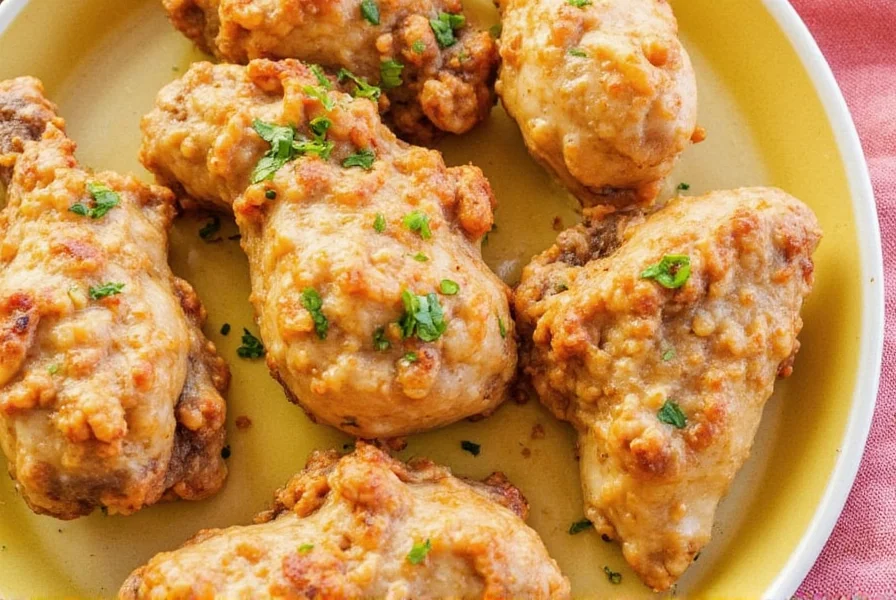
Spice Basics for the Perfect Flavor Profile
Understanding spice combinations is essential for authentic buttermilk chicken. This comprehensive guide explains how each component contributes to the final dish:
| Spice | Flavor Contribution | Optimal Usage Tips |
|---|---|---|
| Black Pepper | Earthy foundation with subtle heat | Use freshly ground for maximum flavor; essential base layer |
| Cayenne Pepper | Controlled heat with smoky notes | Start with 1/4 tsp for mild heat; increase gradually |
| Paprika | Sweetness with color depth | Smoked paprika adds complexity; regular for traditional flavor |
| Garlic Powder | Umami-rich savory notes | Superior to fresh garlic in marinades for even distribution |
| Onion Powder | Sweet aromatic base | Complements garlic; creates flavor foundation |

Professional Tips for Perfect Buttermilk Chicken Every Time
- Marinating science: Buttermilk's lactic acid tenderizes without making chicken mushy. For optimal results, marinate 1-2 hours (maximum 12 hours).
- Temperature control: Remove chicken from refrigerator 20 minutes before cooking to ensure even cooking.
- Moisture management: Pat chicken dry after marinating for better browning and crispness.
- Cooking precision: Use a digital meat thermometer - 165°F (74°C) is the safe internal temperature for chicken.
- Versatile preparation: For crispy results, air fry at 375°F (190°C) for 18-20 minutes or pan-fry in 1/4 inch oil at 350°F (175°C) for 5-7 minutes per side.
- Flavor boosters: Add 1 tsp dried thyme or rosemary to marinade, or finish with lemon zest before serving.
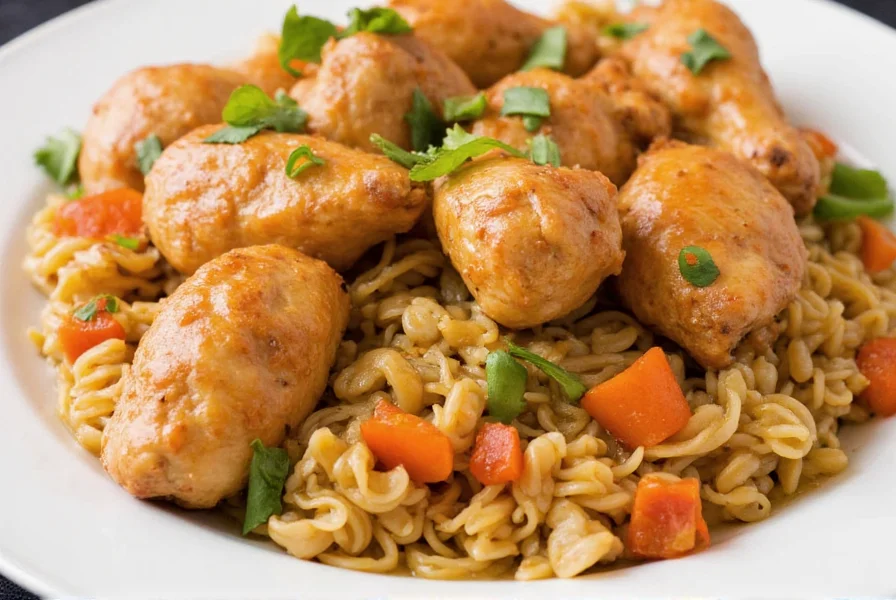
Buying Guide: Selecting Premium Ingredients
Quality ingredients make the difference between good and exceptional buttermilk chicken:
Buttermilk Selection Guide
Choose traditional cultured buttermilk (not drinkable buttermilk) for optimal results. Look for:
- "Cultured" on ingredient list
- No stabilizers or thickeners
- Freshness date within 7 days
- Thick, slightly tangy consistency
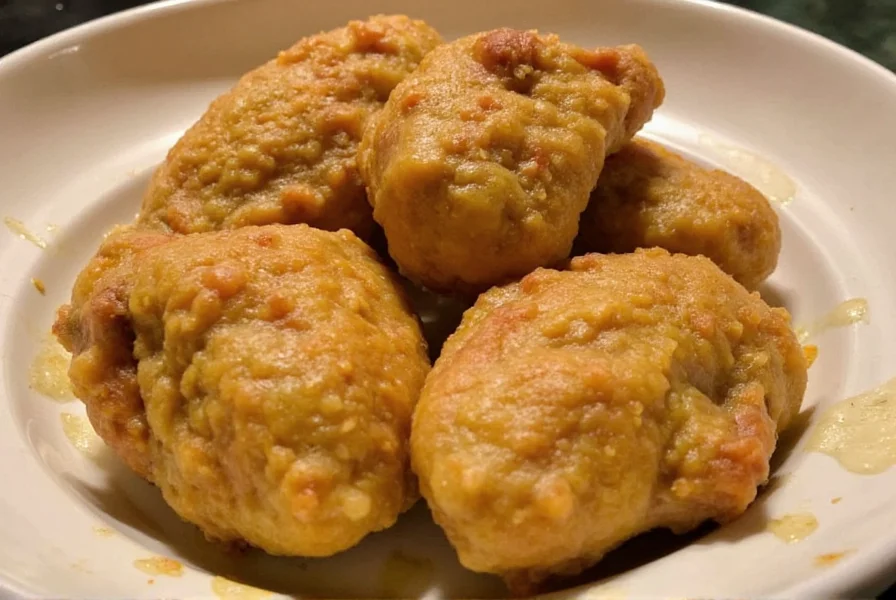
Chicken Quality Indicators
Select chicken with these characteristics:
- Pink to light red color (avoid grayish tones)
- Firm texture that springs back when pressed
- Minimal liquid in packaging
- No off-putting odor
- Consider air-chilled for better texture and flavor retention
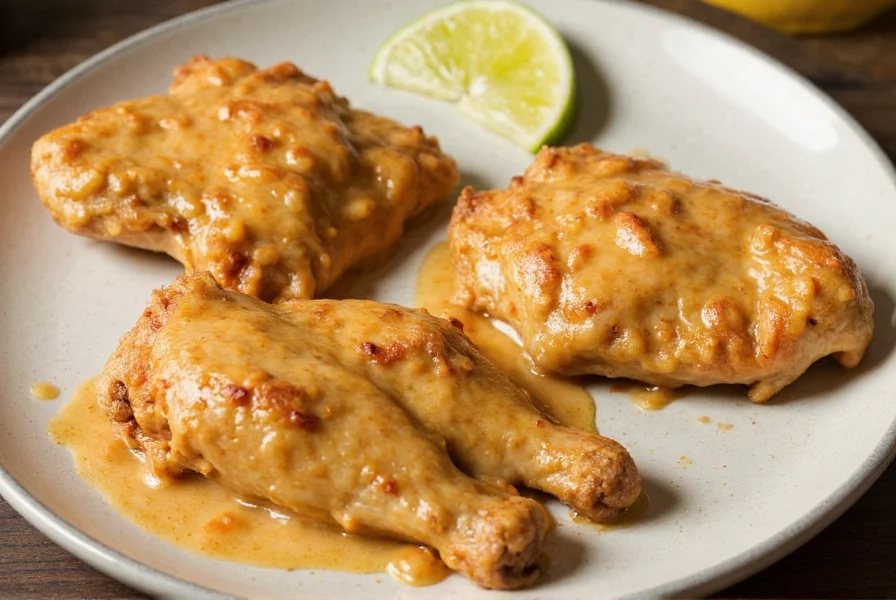
Frequently Asked Questions
How long should I marinate buttermilk chicken for best results?
While 30 minutes is the minimum marinating time, for optimal flavor and tenderness, marinate the chicken for 1-2 hours. For even better results, you can marinate overnight (up to 12 hours) in the refrigerator. However, don't exceed 24 hours as the acid in buttermilk can start to break down the chicken too much, resulting in a mushy texture.
Can I substitute buttermilk if I don't have any?
Yes, you can create a buttermilk substitute by adding 1 tablespoon of white vinegar or lemon juice to 1 cup of regular milk. Let it sit for 5-10 minutes until it curdles slightly. While this won't be exactly the same as real buttermilk, it will provide similar tenderizing properties and tangy flavor.
What internal temperature should buttermilk chicken reach?
Buttermilk chicken should be cooked to an internal temperature of 165°F (74°C) as measured by a meat thermometer inserted into the thickest part of the chicken. This ensures the chicken is fully cooked and safe to eat while remaining juicy.
Can I fry buttermilk chicken instead of baking it?
Absolutely! Buttermilk chicken is often fried for a crispy exterior. If frying, heat oil to 350°F (175°C), coat the marinated chicken in flour or breadcrumbs, and fry for 5-7 minutes per side until golden brown and cooked through. Baking is a healthier option, while frying gives you that classic crispy texture.
How should I store and reheat leftover buttermilk chicken?
Store leftovers in an airtight container in the refrigerator for up to 3-4 days. To reheat, place in a 350°F (175°C) oven for 10-15 minutes until heated through. Avoid the microwave if possible, as it can make the chicken soggy. You can also freeze cooked buttermilk chicken for up to 3 months.
Conclusion: Mastering Buttermilk Chicken Perfection
With this optimized buttermilk chicken recipe, you now have everything needed to create restaurant-quality results at home. The perfect balance of tender, juicy meat with flavorful seasoning comes down to proper marinating time, accurate temperature control, and quality ingredients. Whether you're baking, air frying, or pan-frying, these techniques ensure consistently delicious results. The versatility of this recipe allows for endless customization while maintaining the classic Southern flavor profile that has made buttermilk chicken a beloved favorite worldwide. Now that you understand the science behind each step, you're equipped to make adjustments based on your personal preferences while maintaining optimal texture and flavor.
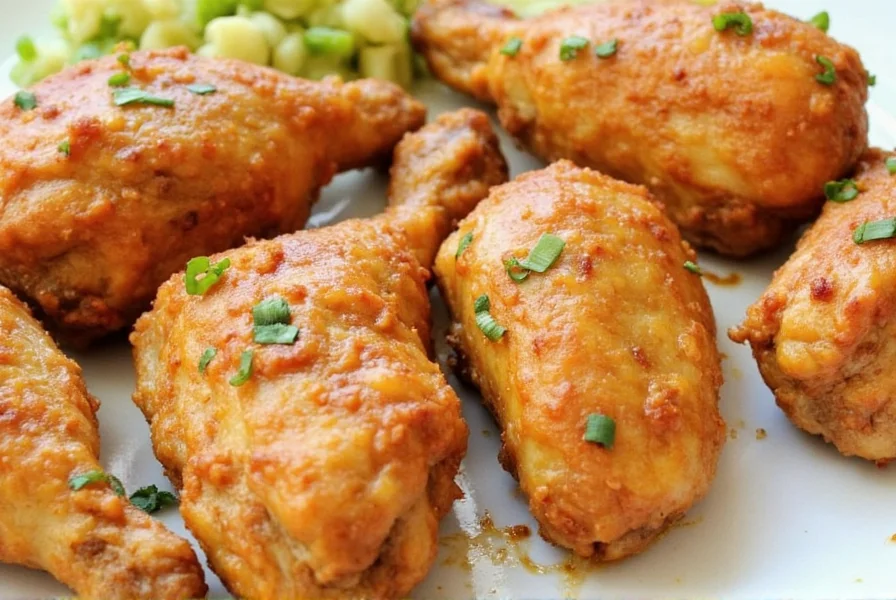

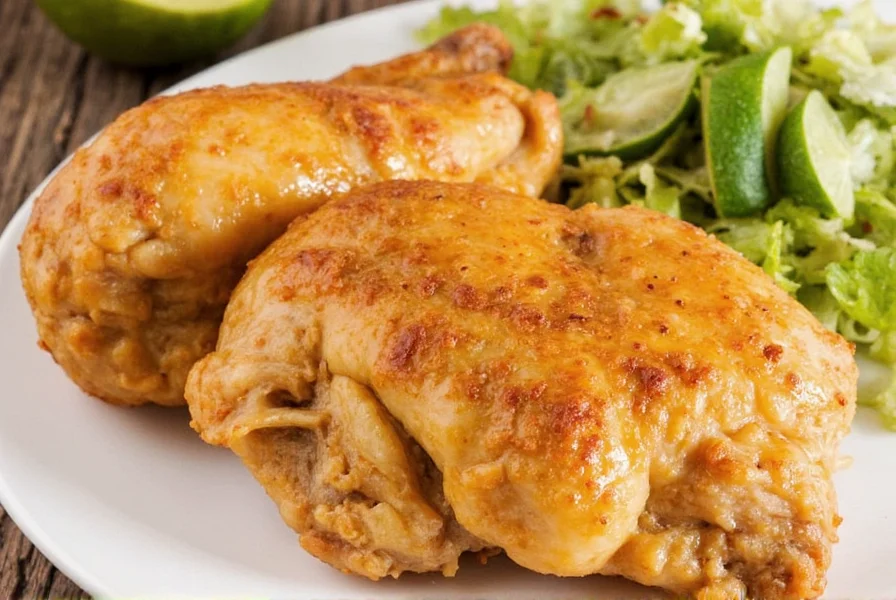









 浙公网安备
33010002000092号
浙公网安备
33010002000092号 浙B2-20120091-4
浙B2-20120091-4